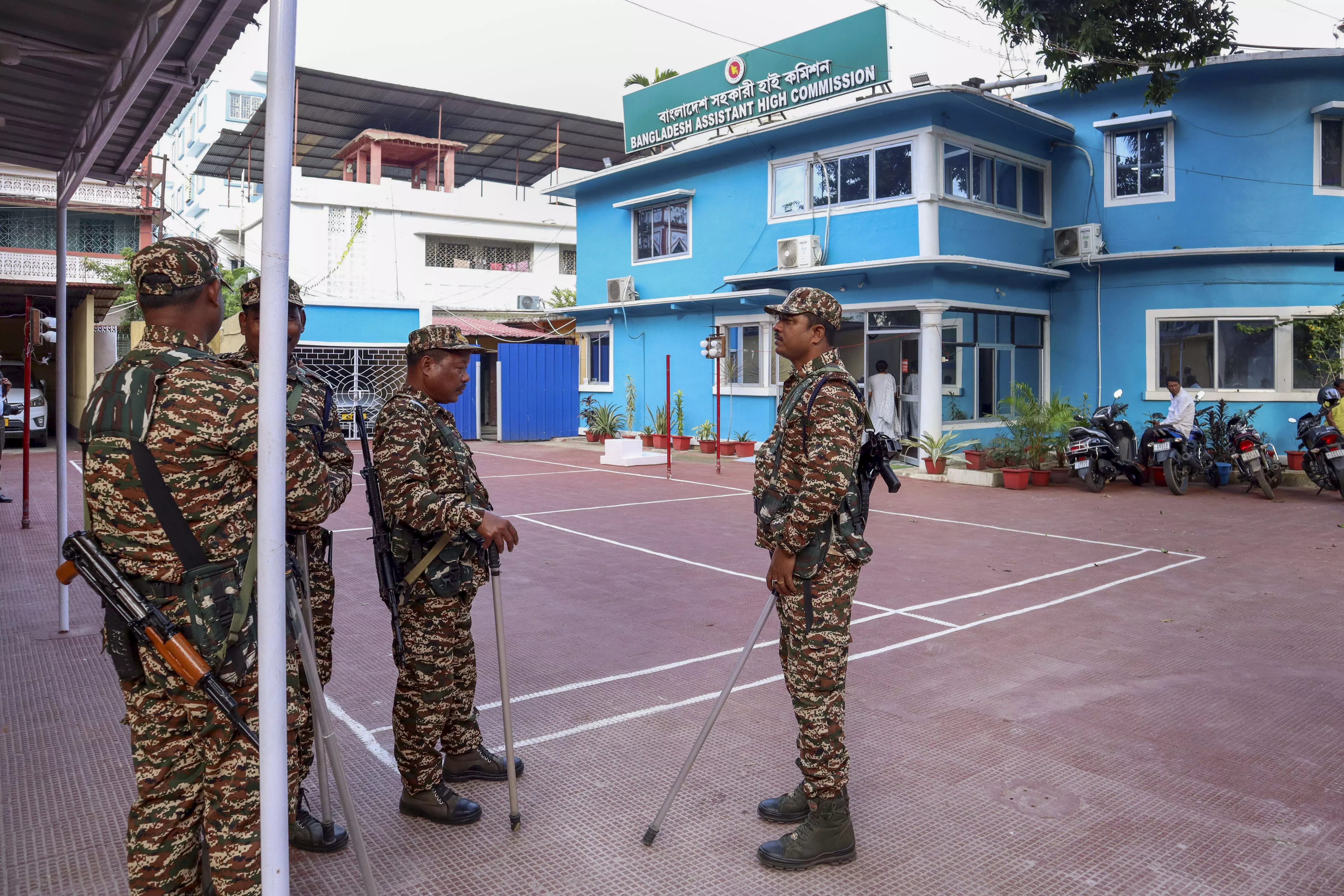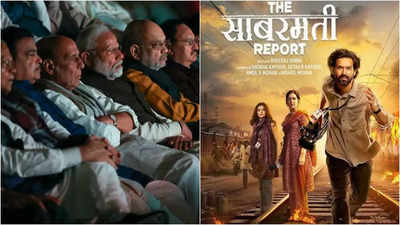Stop me if you’ve heard this before, but someone in the new Star Wars needs to find a map to somewhere before someone else does. Yes, same as it ever was, even Ahsoka cannot escape the mapification of Star Wars storytelling—from the map to Luke Skywalker to Wayfinders and unknown regions of the galaxy, the franchise keeps revisiting this idea.
Ahsoka’s double-episode premiere, “Master and Apprentice” and “Toil and Trouble” introduce us to the latest cartographical MacGuffin in the form of the Pathway to Peridea, a starchart that both Ahsoka Tano and Morgan Elsbeth are seeking, believing that Peridea itself—an extragalactic location—is wherever both Ezra Bridger and Grand Admiral Thrawn disappeared to during the climax of Star Wars Rebels.

Peridea itself is a fascinating concept, brushing on the edge of Star Wars’ history in the expanded universe in some potentially wild ideas. But that’s not the point: the point is that seemingly no one can find anyone in Star Wars these days without needing to run about the galaxy for a map. Luke’s disappearance prior to Force Awakens made that movie essentially a chase not for him, but the map that would lead you to him, as the Resistance and the First Order alike hunted down parts to complete their own navigational charts. The Sith Wayfinder guiding Kylo Ren to Exegol sparks the primary conflict of The Rise of Skywalker, and if you’re willing to stretch the definition a little, what is a plan for the Death Star if not a map of its systems? Even from a worldbuilding—or in this case galaxy-building—standpoint, the very act of charting the galaxy is vital to understanding Star Wars’ sense of mystery and exploration, from the High Republic era’s exploration of early hyperspace travel, to elements like the Chiss Ascendancy—itself very important to Ahsoka through Thrawn—and the “Unknown Regions,” an entire corner of the galaxy that is literally unmapped and made mysterious by that lack of knowledge.
And that’s it, really: maps are important in Star Wars because knowledge is power in Star Wars as much as a Death Star or the Force is. And specifically in the case of a long, long time ago, archival knowledge and history is incredibly vital to understanding why Star Wars is the way it is. It’s been postulated before that the Star Wars galaxy has a… complicated history with the written word. We don’t see people engaging with books and writing in Star Wars very often if at all (save for Nemik and his manifesto, the first literal political text on screen in Star Wars since… ever?), and when it comes to historical, institutional knowledge, archival history gives way to hearsay and myth passed on to other generations.

It’s perhaps why in part generational knowledge in Star Wars seems so spartan compared to our own cultural approach to history. Luke Skywalker is a mythic legend after three decades after fighting the Empire, the Clone War and the Jedi Order themselves are pretty much hearsay and superstition just two decades after the outbreak of a debilitating galactic conflict. Speaking of the Jedi, their temple archive, the closest thing to a contemporary historical record of the galaxy, is largely dismissed and destroyed when the Empire takes over, and so when characters do engage with history, it isn’t with recent archival examples of it rendered in Star Wars’ high-tech holographic slate style, but specifically ancient history—the battered old written texts, actual physical books like the ones Luke and Rey pore over. History is lost to the characters of Star Wars in this manner, and in being so, they are often doomed to repeat its mistakes, leading to the cyclical generational conflicts we’ve experienced throughout the franchise.
And what is a map if not the history of the universe itself? From the ancient days of charting hyperspace routes, to the knowledge of historical locations like Ahch-To and Exegol, to a broadened knowledge of the world these characters in habit both extragalactic (in Peridea’s case) and intragalactic in places like the Unknown Regions, the maps our heroes and villains scramble to seek in these stories are all about a quest for understanding the power of the world they exist in. Star Wars’ entire society as we know it couldn’t exist without the knowledge hyperspace mapping brought, the Unknown Regions are such a vast and unidentified area of space that entire civilizations exist there largely unaware of the world beyond their interstellar borders, and you can rebuild a whole Empire under the universe’s nose. Controlling that knowledge is as necessary to our characters as amassing power of any sort, so it makes sense that Star Wars is fascinated by it.

Maybe it isn’t that Star Wars has recently become obsessed with maps—maybe it’s that deep down it’s always been obsessed with them, and what they represent: a fabric to its history that is constantly in danger of being lost, a struggle that permeates so much of what Star Wars is to its characters, more than it is to us as an audience.
Want more io9 news? Check out when to expect the latest Marvel, Star Wars, and Star Trek releases, what’s next for the DC Universe on film and TV, and everything you need to know about the future of Doctor Who.


























































